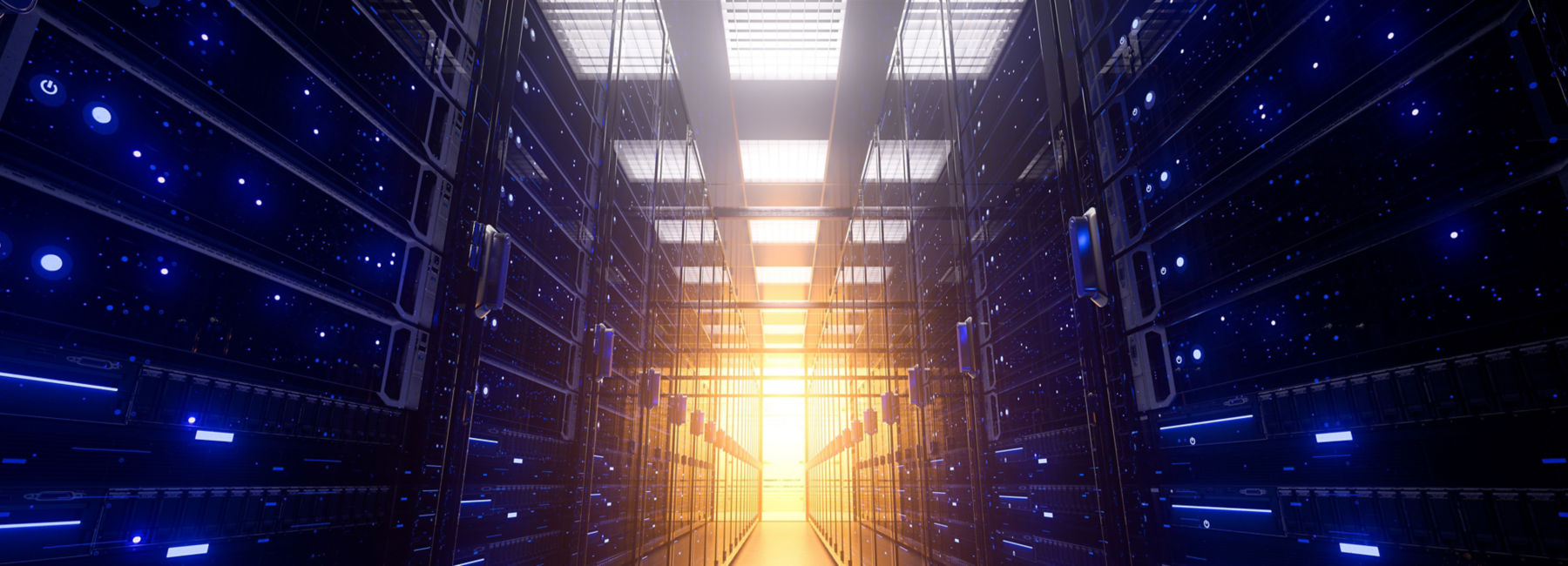August 26, 2022
A survey last year by O’Reilly Media found that cloud usage among respondents had grown to 90%, but mainframes remain the core technology platform for many Fortune 500 companies, especially in industries such as financial services, healthcare, airlines and retail. CIOs and other IT leaders who are still running mainframes are faced with the difficult task of figuring out the best ways to modernize these platforms in order to stay competitive.
As the head of DXC Technology’s mainframe modernization practice, I have observed that there are two primary reasons our customers want to modernize their mainframes. The first is to reduce the total cost of ownership of their platform, especially in light of the rising costs of infrastructure and software. The second is to gain flexibility. When you are bogged down by inflexible legacy systems, it makes it difficult and time-consuming to launch new products.
The benefits of greater agility, lower costs and faster time to market make it imperative to modernize. But every mainframe environment is unique, as are the roadblocks, so it is crucial to identify the right modernization strategy that will achieve your desired business outcomes. Here are five key factors to keep in mind for a successful mainframe platform modernization:
1. Prepare for cultural change. A successful mainframe modernization project requires taking on the mindset of adopting and adapting to change. It involves leveraging new frameworks and taking a DevOps approach to improve time to market for applications. Developers and end users must be fully ready to make the move onto cloud-native technologies post-modernization. And the entire end user experience needs to be modernized without losing basic functionalities.
2. Ensure stakeholder alignment of technical goals to business outcomes. Instead of putting all the emphasis on technology, enterprises need to focus on business transformation. Business and technology leaders should be in synch about how transformation will enable future business growth.
3. Identify the right landing zone and transformation method. It is essential for companies to find the best landing zone for the transformed workloads and applications across on-premises vs. public cloud vs. hybrid cloud, with the right path to transform based on their business needs. In some cases, such as with a large-scale banking enterprise, there may be a desire to move to the cloud, but, due to stringent latency requirements these workloads cannot be moved there. Choosing the right landing zone becomes essential.
4. Source the skills you need for transformation. Not all companies have the in-house talent and skills to pull off a successful mainframe modernization. As you embark on your modernization, make sure you have the right transformation architects in place, and if not, either hire new people directly or work with a systems integration partner that has the required skills. Many mainframe modernization skills are niche in the current marketplace, so you need to do the proper resource planning well in advance.
5. Talk to those who have done it before. First, ask them the question: What does success mean to you? Define that, then learn what pain points they went through to achieve success and what lessons they learned along the way. Much hardship can be avoided by learning from the mistakes others have made. This sort of conversation could take place with an industry colleague from a peer company or with an experienced partner.
For companies running mainframes, the time to think about modernization is now, if you have not already. With the right strategy and effective execution, significant business benefits can be achieved via mainframe modernization.
When it comes to experience and knowing what modernization path to take, DXC is a clear leader. We have 5,600 experts managing mainframe infrastructure and applications 24/7, and have completed 200 mainframe migrations (370,000 MIPS in total). DXC’s approach is to perform a 360-degree review of your future mainframe options, then identify a solution that protects your existing investments while forging a path to modernizing and transforming your mainframe estate.
Learn more about DXC IT Outsourcing and DXC Cloud.

